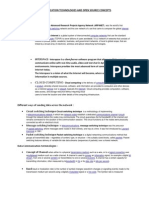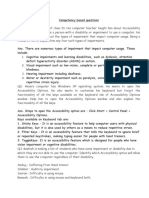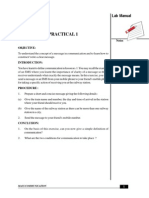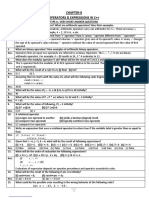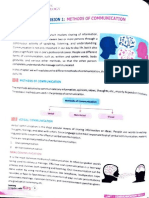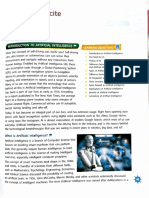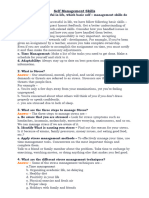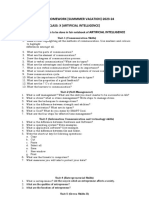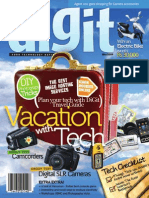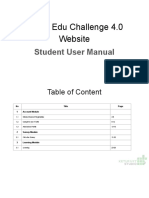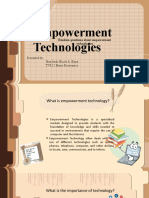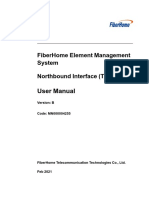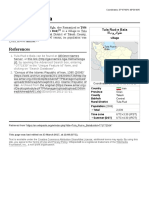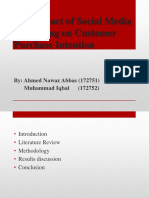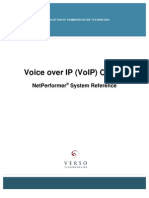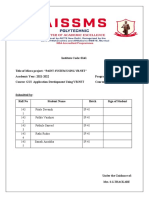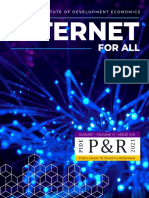100% found this document useful (1 vote)
474 views10 pagesClass IX Employability Skills Revision Notes
The document covers employability skills for Class IX, focusing on communication skills, self-management, information and communication technology skills, entrepreneurship skills, and green skills. It details the elements of communication, barriers to effective communication, types of communication, self-management techniques, computer components, and the importance of entrepreneurship and sustainable practices. Additionally, it emphasizes the need for personal hygiene, time management, and environmental conservation through the principles of reduce, reuse, and recycle.
Uploaded by
vansh27.vgCopyright
© © All Rights Reserved
We take content rights seriously. If you suspect this is your content, claim it here.
Available Formats
Download as PDF, TXT or read online on Scribd
100% found this document useful (1 vote)
474 views10 pagesClass IX Employability Skills Revision Notes
The document covers employability skills for Class IX, focusing on communication skills, self-management, information and communication technology skills, entrepreneurship skills, and green skills. It details the elements of communication, barriers to effective communication, types of communication, self-management techniques, computer components, and the importance of entrepreneurship and sustainable practices. Additionally, it emphasizes the need for personal hygiene, time management, and environmental conservation through the principles of reduce, reuse, and recycle.
Uploaded by
vansh27.vgCopyright
© © All Rights Reserved
We take content rights seriously. If you suspect this is your content, claim it here.
Available Formats
Download as PDF, TXT or read online on Scribd
/ 10








